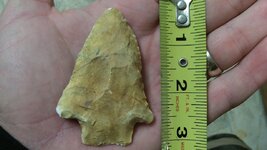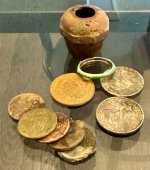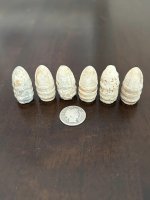Spearpoint (im assuming because of size) that was found on the beach in Jax Beach florida. Its 3 inches long and over 2 inches wide at the widest point. Dont know anything about it so Im asking the "experts" Im looking to find out ANYTHING about this point that I can. Thanks for the help in advance!
Amazon Forum Fav 👍
Attachments
Upvote
0






